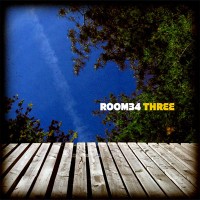It’s that time again. Well, OK, maybe I’m jumping the gun a little. If a sonic masterpiece floats down from on high (mixed in with all of the snow) in the next two weeks, I’ll amend my list. Otherwise, get ready because here comes my list of the top 5 albums of 2010!
5. Broken Bells
As I wrote in my midyear assessment of the music of 2010, “Take one member of The Shins and one of Gnarls Barkley — two bands I generally dislike — and put them together, and strangely, you get a band I really do like.” Strangely enough, not long after I wrote this, I was captivated, along with much of the rest of the country, by “Fuck You,” a delightfully melodic and lyrically brazen single by the other half of Gnarls Barkley, and Cee Lo’s full-length album The Lady Killer just missed the cut here. As for Broken Bells, the album has held up well, and I still find myself listening to it on a regular basis. It may not be a masterpiece for the ages, but it’s solid, tuneful and engaging.
4. Field Music (Measure)
Here’s another one I wrote about back in July. I still hear the Gentle Giant similarities I’ve always found with this band’s music, but I have started to notice the band’s stated (although perhaps semi-joking) Led Zeppelin influence as well. This is the kind of music that could make unironic prog rock popular and critically acclaimed tolerated once again. Whatever the case, I’m glad the sibling duo worked out whatever issues they had with each other and/or their departed third member and produced another album, and by any… measure… their best to date.
3. Spoon: Transference
I swear I’m not just stacking this list with albums I already wrote about just to be able to crank out this post faster. Transference was the first new album of 2010 that I bought, way back in January, and I knew right away that it was going to be on this list. It’s great, minimalist, Krautrock-influenced alternative power pop. I don’t know… throw in a few more loosely-defined subgenres and maybe it will all make sense.
2. Kings Go Forth: The Outsiders Are Back
The lead-off track on this album, “One Day,” is one of those amazing pieces of music that leaps out of the speakers and grabs your attention. It’s unbelievably infectious and energetic, and refreshingly lo-fi and organic sounding. It’s the kind of song where you forever remember where you were when you first heard it. In this case, we were driving in downtown St. Paul when The Current started playing it. It was at once familiar, timeless, and like nothing I’d ever heard before. And I’m pleased to say that the rest of the album lives up to the standard. This Milwaukee-based funk/soul outfit is gaining more and more attention from a national audience, and I wish them the best of luck for continued success.
1. Trent Reznor and Atticus Ross: The Social Network (soundtrack)
This is the first time I’ve ever declared a soundtrack the “best” album of the year… especially when it’s from a movie I haven’t even seen! I’m not sure I ever really want to see The Social Network — it’s one of those movies I avoid far longer than I can justify, like Titanic, which I finally saw when it was in second-run on its rerelease, well over a year after it came out; and I still have never seen Avatar. But my disdain for popular movies is not limited to the oeuvre of James Cameron. It doesn’t even matter if I ever see the movie though; the soundtrack is freaking awesome. It’s simultaneously atmospheric and energetic. It proves that music doesn’t need words, and a soundtrack doesn’t need a film: it’s a great soundtrack for whatever you’re doing. I love listening to it while I work, and it inspires me to want to cultivate more of my own soundtrack recording projects. Put it this way: it beats wasting time on Facebook.
Honorable Mention
As usual, it was tough to pick just five. A couple of albums that just missed the cut were I Learned the Hard Way by Sharon Jones and the Dap-Kings, and Interpreting the Masters, Volume One by The Bird and the Bee. The latter is a strange beast indeed: a collection of covers of the Hall and Oates classics I grew up with. These versions aren’t superior to the originals, and they’re not particularly inventive, but they’re catchy as hell, and it’s fun to hear Inara George’s unique vocal style paired with classic Hall and Oates melodies and lyrics.



























 Today is the fourth annual “Blue Beanie Day,” a tradition established by the father of web standards,
Today is the fourth annual “Blue Beanie Day,” a tradition established by the father of web standards,  This morning, as I do on most mornings, I eased the transition between my peaceful slumber and the mayhem of conscious life by lying in bed, catching up on the goings-on of humanity on planet Earth with the help of my iPhone and the Internet.
This morning, as I do on most mornings, I eased the transition between my peaceful slumber and the mayhem of conscious life by lying in bed, catching up on the goings-on of humanity on planet Earth with the help of my iPhone and the Internet.